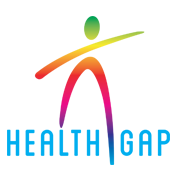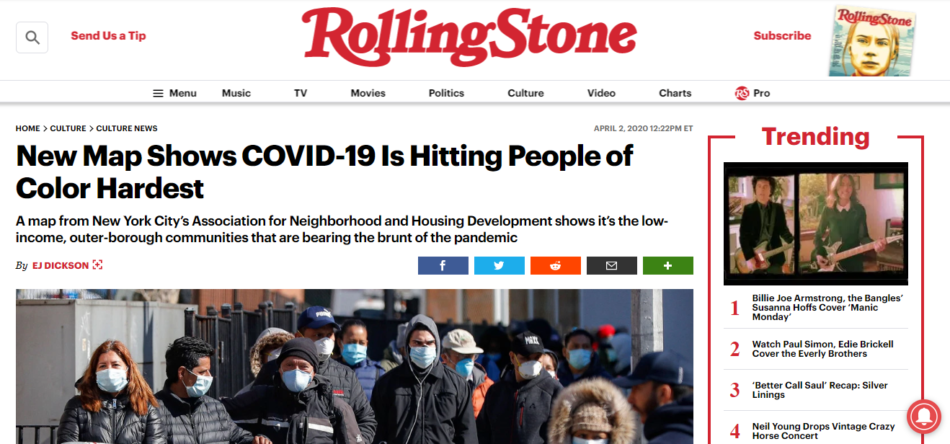By EJ DICKSON
Even under the best of circumstances, the first few days of the month, when rent is typically due, is a difficult time for many. Of course, these are not the best of circumstances, and with many people across the country currently out of work due to the COVID-19 pandemic, April 1st, 2020 carried with it a particularly urgent sense of dread. That’s especially true in New York City, where the pandemic has hit especially hard and where members of low-income communities of color are bearing the brunt of the impact.
This is the primary takeaway from Department of Health and Mental Hygiene data, as captured by an infographic made by the Association for Neighborhood and Housing Development (ANHD), a coalition of more than 80 community-based organizations across New York City working on housing and economic justice. Based on the data about the number of positive cases in the five boroughs, the map delineates which neighborhoods in New York are being hardest hit by the pandemic — and it’s overwhelmingly lower-income communities in the outer boroughs, which are disproportionately made up of black and brown people working service industry jobs. Those neighborhoods also tend to have the highest rent burden, meaning the highest percentage of people who pay more than 30% of their income on rent.
“This is a public health crisis, but it’s also a housing justice crisis and an economic crisis and a racial justice crisis,” says Lena Afridi, the director of policy for ANHD. “This is the point where every single piece of infrastructure we thought we could rely on is starting to crumble, and the people most impacted are the most marginalized. And those are the people we have asked to be on the front lines.”

